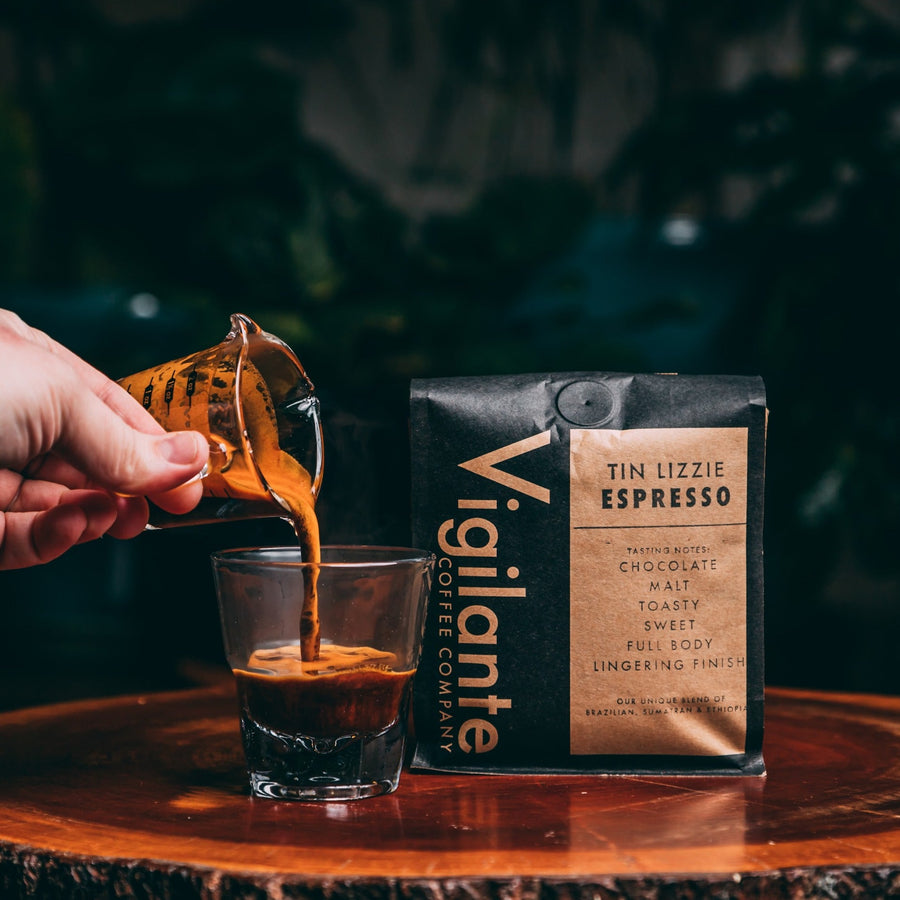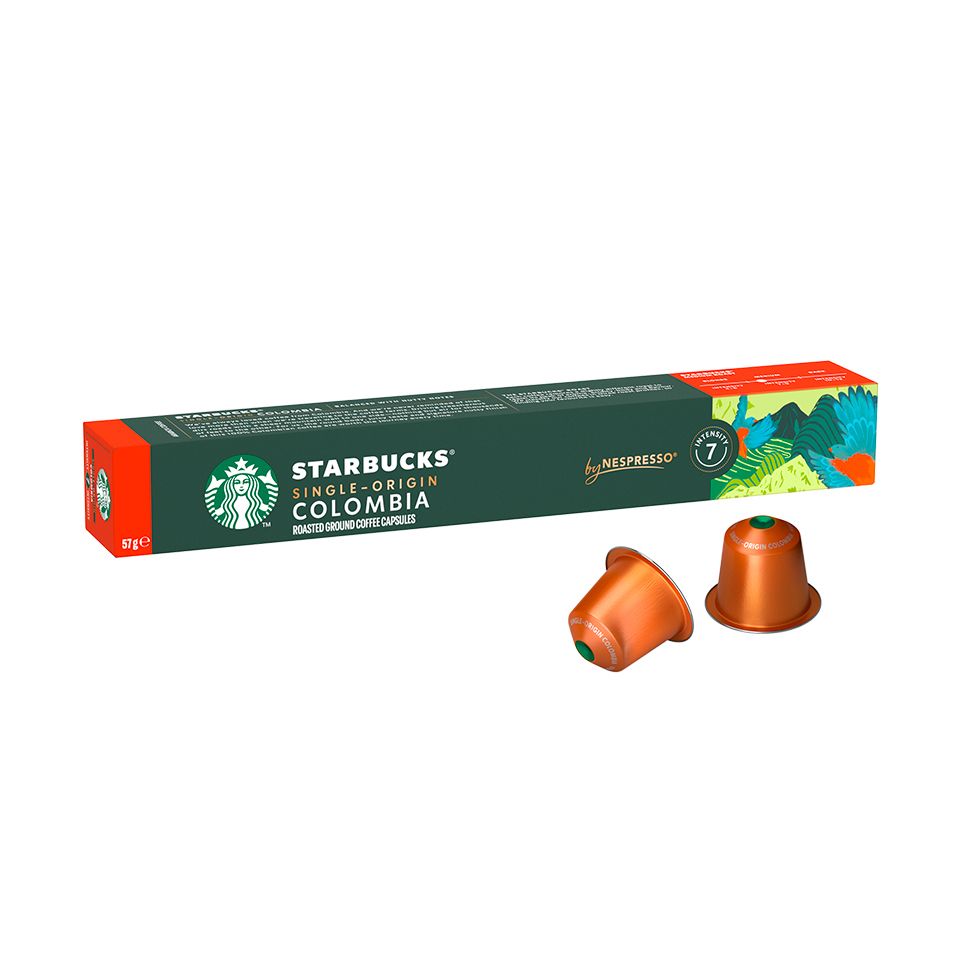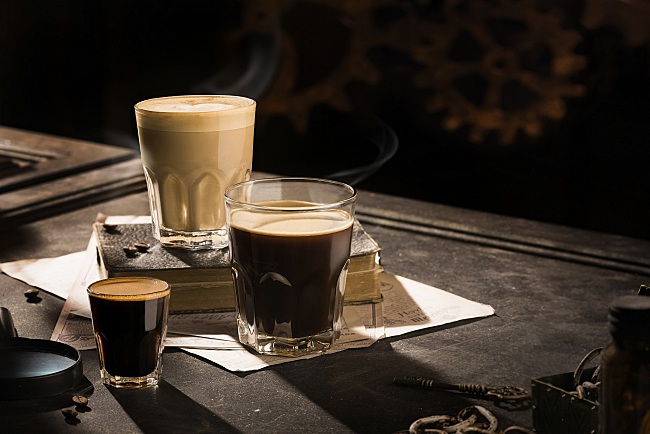Why Espresso Fans Prefer SOE Single Origin Espresso for Authenticity
Why Espresso Fans Prefer SOE Single Origin Espresso for Authenticity
Blog Article
Recognizing Coffee Beans: the Journey From Espresso to Blended Coffee Beans

The Beginnings of Coffee: A Global Perspective
While you might think about coffee as a modern staple, its beginnings trace back centuries, intertwining with cultures around the world. The tale starts in Ethiopia, where legend says a goat herder named Kaldi discovered the energizing effects of coffee beans after discovering his goats romping energetically after eating them. This triggered rate of interest, resulting in coffee's spread to Arab traders who treasured the brewed drink. By the 15th century, it got to Persia, Egypt, and Turkey, where coffee shops became social centers for conversation and culture.
As profession routes broadened, coffee made its way to Europe in the 17th century, promptly gaining popularity. It transformed from a magical drink into a day-to-day ritual, motivating celebrations and intellectual exchanges. Each culture included its one-of-a-kind twist to coffee prep work, enhancing its background. This worldwide trip highlights how coffee links us, transcending borders and joining varied traditions via a basic bean.
Farming and Harvesting of Coffee Beans
As coffee's trip progressed, the focus shifted to the cultivation and harvesting of certain bean varieties, particularly those made use of for coffee. You'll locate that coffee beans frequently originate from Arabica or Robusta plants, each offering distinct flavors. The perfect growing conditions consist of high altitudes and abundant, well-drained dirt, which boost the beans' top quality.
During the harvest, selecting approaches vary. In some areas, workers hand-pick ripe cherries, ensuring just the very best fruit goes to processing. In various other locations, mechanical harvesters are used, especially on bigger ranches. When the cherries reach peak perfection for maximum flavor., timing is essential; you want to harvest.
As soon as harvested, the beans are gotten ready for handling, which is vital in determining their last taste. Recognizing the cultivation and collecting procedures offers you insight into what goes into your favorite coffee, enhancing your admiration for each and every mug.
Handling Techniques: From Cherry to Bean
Since you have actually found out about collecting coffee beans, let's explore exactly how those cherries transform into the coffee beans you enjoy. You'll see how different harvesting methods effect flavor, complied with by the crucial steps of fermentation and drying out. We'll damage down the milling and grading procedure that establishes your coffee's high quality.
Gathering Methods Explained
When it comes to coffee, comprehending harvesting methods is important, considering that they directly impact the taste and top quality of the beans you delight in. There are 2 main approaches: discerning picking and strip picking. Careful choosing includes hand-picking only ripe cherries, guaranteeing you get the most effective top quality beans. This technique often brings about a richer taste account, though it's even more labor-intensive. On the other hand, strip picking methods collecting all cherries simultaneously, no matter of perfection. While it's quicker and more affordable, this can cause a mix of flavors, impacting the end product. Ultimately, the choice of collecting strategy can considerably affect your coffee experience, so it deserves recognizing exactly how those beans made it to your mug.
Fermentation and Drying
After collecting, the following actions in processing coffee beans play a considerable function in shaping their taste. You'll find that fermentation is important, as it aids damage down the mucilage surrounding the beans, enhancing their taste profile. Depending on the technique, this procedure can last from a couple of hours to a number of days, with differing outcomes based on temperature level and moisture.
As soon as fermentation is total, drying out adheres to, which is equally essential. You can choose from sun-drying or mechanical drying approaches. Sun-drying permits the beans to take in flavors from the environment, while mechanical drying out warranties constant wetness degrees no matter climate. Correct drying is necessary to stop mold and protect the beans' quality, inevitably affecting your mug of coffee.
Milling and Grading Process
As fermentation and drying established the phase for taste growth, the milling and grading procedure warranties that just the ideal coffee beans make it to your cup. This stage includes removing the outer layers of the coffee cherry, including the parchment and husk. High-quality beans get a higher quality, resulting in a richer coffee experience.
Roasting Strategies: Unlocking Flavor Prospective
When you roast coffee beans, the technique you choose can significantly impact the taste account. Comprehending the relationship between time, temperature level, and toasting techniques is vital to disclosing the possibility of your mixture. Let's discover exactly how these elements integrated to develop the best mug.
Roasting Approaches Discussed
While you may assume that all coffee roasting approaches produce the very same outcomes, the fact is that each strategy discloses unique taste possibilities in the beans. Drum roasting utilizes a rotating drum to evenly disperse heat, boosting caramelization and producing a balanced taste. Air roasting, on the various other hand, circulates warm air around the beans, promoting a lighter roast with noticable level of acidity.

Impact on Flavor Profile
Various toasting techniques not only influence the procedure however additionally greatly impact the flavor profile of the coffee beans. When you choose a light roast, you'll experience intense acidity and flower notes, showcasing the bean's origin. On the other hand, a tool roast equilibriums acidity with sweetness, commonly exposing chocolatey undertones. Dark roasts, on the other hand, draw out strong, smoky tastes, occasionally covering up the bean's one-of-a-kind qualities. Each technique reveals different oils and compounds, resulting in a wide variety of flavors. By try out various roasting styles, you can uncover which accounts resonate with your taste. Understanding these subtleties aids you appreciate the artistry behind your mug of coffee, improving your general experience with every sip.
Time and Temperature Level Variables
To release the complete taste possibility of coffee beans, both time and temperature level throughout the toasting process play substantial duties. When roasting, you'll find that greater temperature levels can rapidly establish tastes, however if you hurry it, you might finish this up with burned notes. Alternatively, reduced temperature levels permit an extra gradual taste growth, showcasing the beans' special characteristics.

Timing is simply as vital; expanding the roast as well long can cause a loss of level of acidity and illumination, while too brief a roast could leave the beans underdeveloped. Locating that sweet area calls for method and trial and error. By readjusting these aspects, you can reveal the rich, complicated tastes hidden within each bean, producing a genuinely remarkable coffee experience.
The Art of Mixing: Crafting One-of-a-kind Coffee Accounts

Start by picking a base coffee that offers a strong structure. Then, select complementary beans to enhance specific taste notes. For example, an intense Ethiopian bean can bring fruitiness, while an abundant Brazilian coffee includes body. Testing is vital-- do not hesitate to readjust proportions until you discover your visit the site suitable account.
As you mix, keep in mind that each mix informs a tale. You're not just making coffee; you're creating an experience. Take your time, preference regularly, and delight in the trip of discovering your trademark blend - Single Origin Espresso.
Developing Techniques: Just How Preparation Influences Flavor
Mixing coffee opens up a domain name of taste opportunities, yet just how you brew that mix can substantially influence your final cup. On the various other hand, a pour-over highlights the coffee's clearness and illumination, best for showcasing delicate notes.
Coffee, with its high pressure, produces a concentrated shot that accentuates sweet taste and crema. If you choose a lighter brew, consider a cool brew method; it produces a smooth, less acidic taste.
Adjusting variables like water temperature level, grind dimension, and make time can change your coffee's account. Accept the art of brewing to uncover the tastes hidden in your coffee blends.
The Future of Coffee: Sustainability and Development
As the coffee market evolves, sustainability and advancement are becoming essential for addressing environmental challenges and conference consumer demands. You'll discover that more coffee companies are taking on eco-friendly methods, from sourcing beans morally to applying sustainable farming methods. These shifts not just aid the planet however likewise boost the top quality of the coffee you delight in.
You might see advancements like biodegradable product packaging and water-saving developing techniques that reduce waste. Advanced modern technology, such as blockchain, is also coming to be preferred, ensuring transparency in the supply chain, which allows you to map your coffee back to its origins.
Additionally, spending in local communities and sustaining farmers through reasonable trade efforts cultivates a more lasting coffee ecosystem. As you sip your more following cup, remember that your selections can contribute to a brighter future for coffee. By selecting lasting brands, you're not just appreciating a drink; you're making a positive influence on the globe.
Regularly Asked Inquiries
What Is the Distinction Between Arabica and Robusta Beans?
Arabica beans are smoother, sweeter, and have a greater acidity, while robusta beans are more powerful, much more bitter, and contain more caffeine. You'll notice these differences in flavor and fragrance when brewing your coffee.
How Does Altitude Affect Coffee Bean Flavor?
Altitude impacts coffee bean taste considerably. Higher altitudes create beans with brighter level of acidity and complicated flavors, while reduced elevations typically generate beans that are larger and much less nuanced. You'll discover these distinctions in your cup!
What Are the Wellness Advantages of Alcohol Consumption Coffee?
Consuming alcohol coffee can improve your power, improve mental focus, and also boost physical performance. It's abundant in antioxidants, might decrease the risk of certain conditions, and can advertise a much healthier metabolism when eaten in moderation.
Can Coffee Beans Be Reused for Developing?
Yes, you can reuse coffee beans for brewing, however the flavor could be weak. If you enjoy experimenting, try reusing them in different ways, like cool mixtures or contributing to healthy smoothies for an added kick.
Exactly how Should I Store Coffee Beans for Freshness?
To keep your coffee beans fresh, save them in an airtight container in a cool, dark area. Prevent subjecting them to moisture, light, or warm, as these factors can promptly weaken their taste and scent.
Understanding Coffee Beans: the Journey From Coffee to Blended Coffee Beans.
Now that you have actually found out concerning collecting espresso beans, let's check out how those cherries change into the coffee beans you enjoy.When you roast coffee beans, the approach you choose can substantially affect the flavor profile - Single Origin Espresso.While you might believe that all coffee toasting techniques produce the exact same results, the reality is that each strategy reveals special taste possibilities in the beans.Various toasting approaches not just affect the procedure but additionally considerably affect the taste account of the coffee beans
Report this page